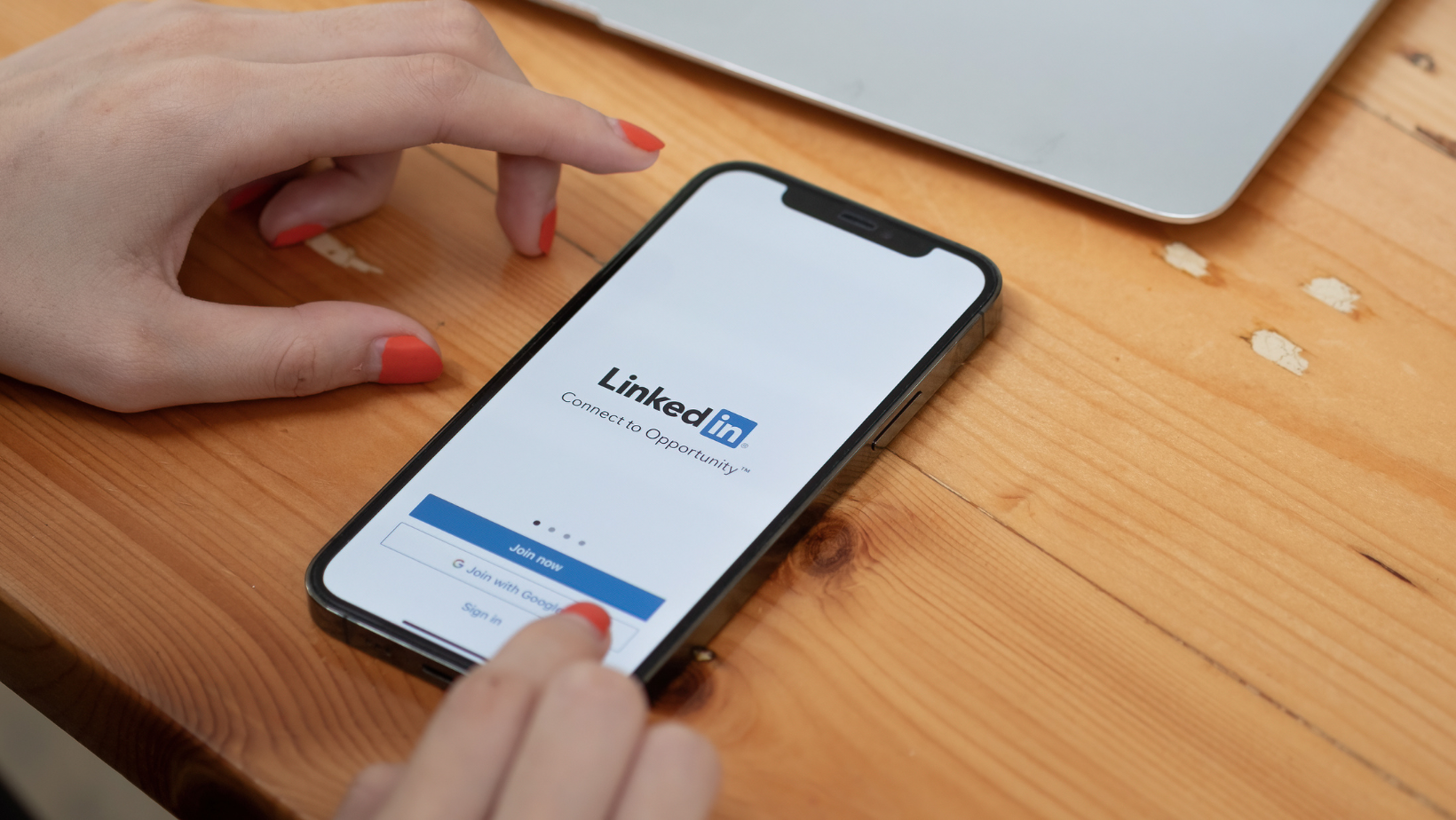This is it. It’s the home stretch, and the finish – or rather, the graduation – line is in sight. It is the culmination of a career in learning that started when you weren’t allowed to cross the street on your own, and now here you are. Grown, adulting and ready to take on the world. Right?!
After more than a decade spent perfecting being a student and turning in assignments, making the transition to applying for full-time jobs can feel a bit daunting. Luckily, you don’t have to tackle it alone, and it is never too early to get started putting the pieces in place to help you find a job, or to get found for a job.
One of those pieces is getting set up on the professional social media platform LinkedIn. You can build a profile for free and get engaged by doing things that you are already doing on your other social accounts.
Why you should bother with LinkedIn
There is more than a few great reasons to be on LinkedIn, if they do say so themselves. Photo credit: Andrea Kennedy
Even before the pandemic forced many businesses, and their employees, to embrace connecting, meeting and networking online, LinkedIn was the digital platform of choice for professionals who want to see and be seen in their industry.
Twitter, Facebook and Snapchat are largely personal and social in terms of content and connection. LinkedIn, on the other hand, encourages its members to focus on creating content that is relevant to their business or professional expertise.
By creating a profile, you instantly put yourself in the mix when recruiters and organizations are looking to fill positions for which you might be qualified. Once on the platform, you can research organizations you might like to work for, and set up alerts for job postings that might fit your interests and career goals so that you can be an early applicant.
What you need to build your profile
According to Leslie Hughes, professional LinkedIn profile writer and Principal of Punch!Media, taking time to do some research and reflection before you start building your profile is important.
“Most people have a really hard time talking about themselves, and telling their own story,” says Hughes. “When I work with people to build their profile, we spend a lot of time exploring who they are, what they are interested in, and all of the skills and experience that they sometimes forget that they have.”
Here are a few questions that you want to be able to answer before you get started:
- How or why did you decide to pursue a career in this industry? What excites you about it?
- Why do you think you would be an asset in a role in this industry? What experience and, skills do you bring?
- What classes have you completed that will help you in this role? Did you intern and work directly with clients?
- Have you been recognized with any accomplishments in your academic career? Were you involved in any sports, clubs or teams?
- Do you actively volunteer with a not-for-profit that you’re passionate about?
- What hobbies or activities do you like to do in your non-working hours?

Getting started with the basics
As new graduates, Hughes explains, it is important to recognize that you have more skills and experience than you may think. Taking time to really dig into your past, maybe with the help of someone who knows you well, can be incredibly helpful.
The three key areas that you must focus on when building your profile are:
- Profile Picture – Your headshot should be clear, well-lit, and against a plain background. No candid shots or graduation photos.
- Headline – This 220-character headline is your first chance to introduce yourself, and why you are on LinkedIn.
- Summary – Written in the first person, use this space to talk about your skills, interests, and motivations. Always include an invitation to connect with you and include your email.
Here is an example of a headline to consider:
Business Commerce Graduate from Carleton University. Passionate about obtaining an opportunity in the financial services industry.
Your network is your net worth
Networking, much like public speaking, is something many people can’t stand. Being surrounded by strangers, awkward introductions and attempting to make small talk are just a few of the common complaints. But building your professional network is critically important to building a career.
If you are regularly engaging on social media, you have likely already built a personal network on platforms such as Instagram, SnapChat or TikTok. Every time you post, like, share or comment, you my friend, are networking.
Start those you know
To kickstart your network, be sure to invite your professors, fellow students, advisors or mentors. From there, start researching and following industries and businesses you are interested in working for, people whose work you admire and profiles who inspire you.
Once you are set up, make a point of visiting the site at least a few times each week. Like posts, share, and consider sharing your own posts, remembering that your target audience is potential employers.
Build your brand over time.
There are a lot of things to focus on when approaching job hunting, and it’s possible that the thought of building an entirely new social media profile feels daunting. Just remember, that your LinkedIn profile, just like your career, is going to be a work in progress.
Hughes offers this last bit of reassurance, and advice to newbies on the platform.
“Focus on building your LinkedIn profile over time. You want to make sure you make a strong first impression with your photo, your headline and your summary, and add other elements as you go.”
For more information and support around preparing for your work life after graduation, be sure to connect to your school’s career center.



